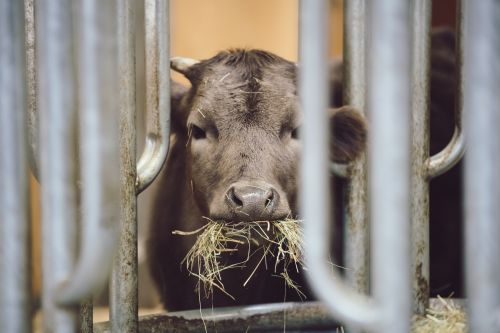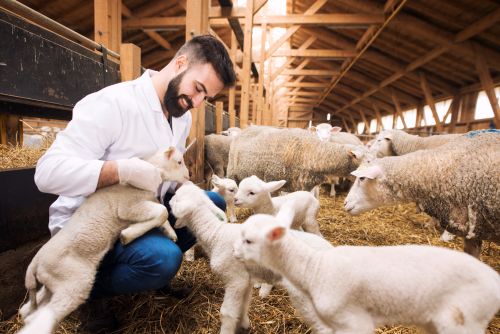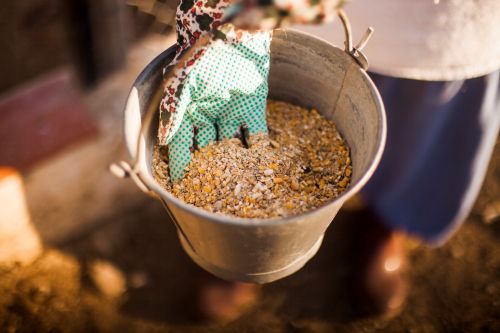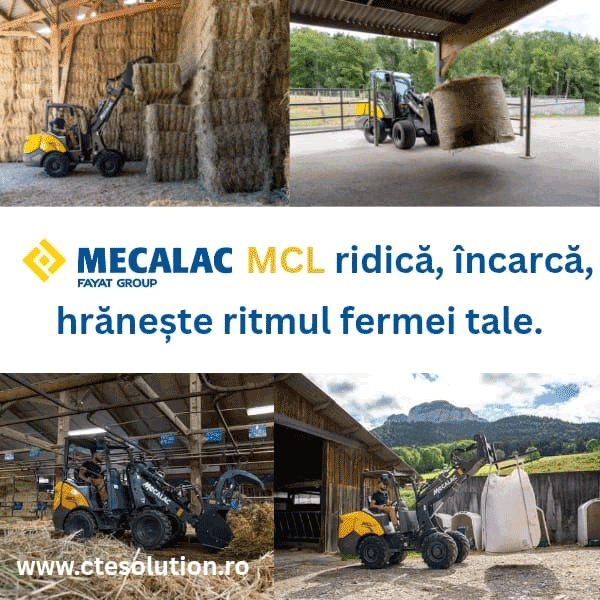274
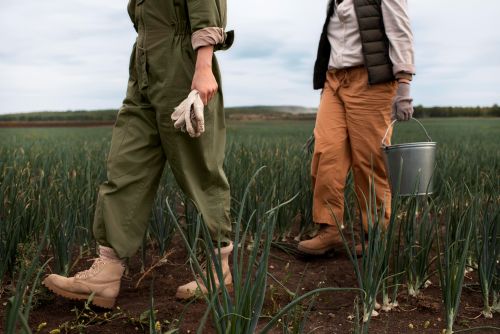
Romanian agriculture is facing an unprecedented labor shortage. According to Eurostat (2024), the average age of Romanian farmers is 57, while only 8% of farm managers are under 40 years old. At the same time, more than 250,000 seasonal workers leave the country each year to work in agriculture across Western Europe, creating a structural domestic deficit.
INS (2024) estimates that over 40% of the active agricultural workforce operates informally, without contracts and without professional training. The lack of qualified personnel directly affects farm efficiency, the management of modern equipment, and the capacity for innovation. In dairy and meat farms, this deficit translates into productivity losses of up to 15%, according to the Ministry of Agriculture and Rural Development (MADR).
To reverse this trend, Romania must accelerate the implementation of training and retraining programs financed by AFIR and the European Commission. Initiatives dedicated to young farmers and digital training in precision agriculture are essential for the future of the sector. Without them, green and digital technologies risk remaining underused, and the competitiveness of Romanian farms will continue to decline.
The human resource crisis is not merely a social issue, but a strategic one. In a European economy driven by sustainability and technology, agriculture can no longer exist without education, specialization, and the active involvement of young people in a sector with genuine development potential.
(Photo: Freepik)
